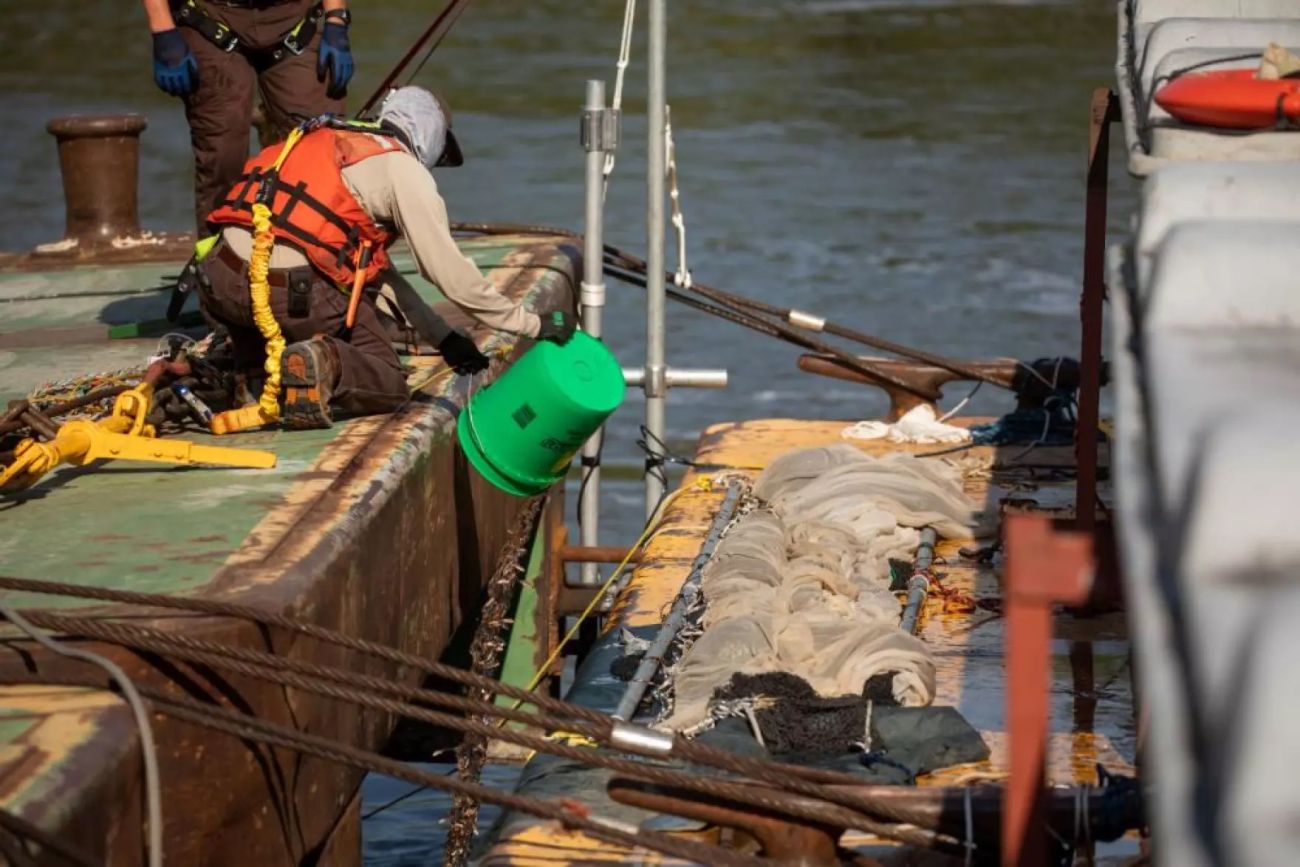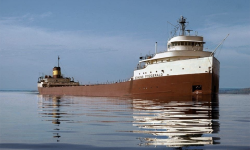Great Lakes invasive carp barrier system scaled down to be more cost efficient, but cost rises

The U.S. Army Corps of Engineers found more efficient ways to construct a barrier near Chicago to keep invasive carp in the Mississippi River system out of the Great Lakes. But the cost is nearly 13 percent higher than a 2019 estimate. The Corps of Engineers blames inflation, material, and labor costs.
The price tag for the Brandon Road Lock and Dam barrier system near Chicago is now is nearly $1.2 billion.
Even then, there’s evidence the carp might get into the Great Lakes through some other river.

Related:
- Michigan judge approves $626 million Flint water crisis settlement
- Detroit expects more extreme heat, flooding amid climate change
- What winter? Michigan farmers, anglers hit hard by warm temperatures
“Invasive carp are less likely to get into the Great Lakes through any of the other routes. The most likely way that they reach the Great Lakes is through the Chicago waterway system,” said Molly Flanagan, COO and Vice President for Programs for the Alliance for the Great Lakes.
Flanagan added that the sheer number of invasive carp in the Mississippi River system make the Chicago waterway connection to Lake Michigan the biggest threat.
A non-federal match of ten percent, close to $115 million is required. Illinois Governor J.B. Pritzker has pledged $50 million toward the project. Michigan Governor Gretchen Whitmer has included $64 million in her proposed budget.
If those state Legislatures approve the expenditures, the construction could start in 2024 and be completed in six to eight years, according to the U.S. Army Corps of Engineers’ estimate.
It is to include leading edge deterrents such as automated barge clearing (see photo) as well as acoustic and bubble curtain barriers.
Michigan Environment Watch
Michigan Environment Watch examines how public policy, industry, and other factors interact with the state’s trove of natural resources.
- See full coverage
- Subscribe
- Share tips and questions with Bridge environment reporter Kelly House
Michigan Environment Watch is made possible by generous financial support from:
Our generous Environment Watch underwriters encourage Bridge Michigan readers to also support civic journalism by becoming Bridge members. Please consider joining today.
See what new members are saying about why they donated to Bridge Michigan:
- “In order for this information to be accurate and unbiased it must be underwritten by its readers, not by special interests.” - Larry S.
- “Not many other media sources report on the topics Bridge does.” - Susan B.
- “Your journalism is outstanding and rare these days.” - Mark S.
If you want to ensure the future of nonpartisan, nonprofit Michigan journalism, please become a member today. You, too, will be asked why you donated and maybe we'll feature your quote next time!






